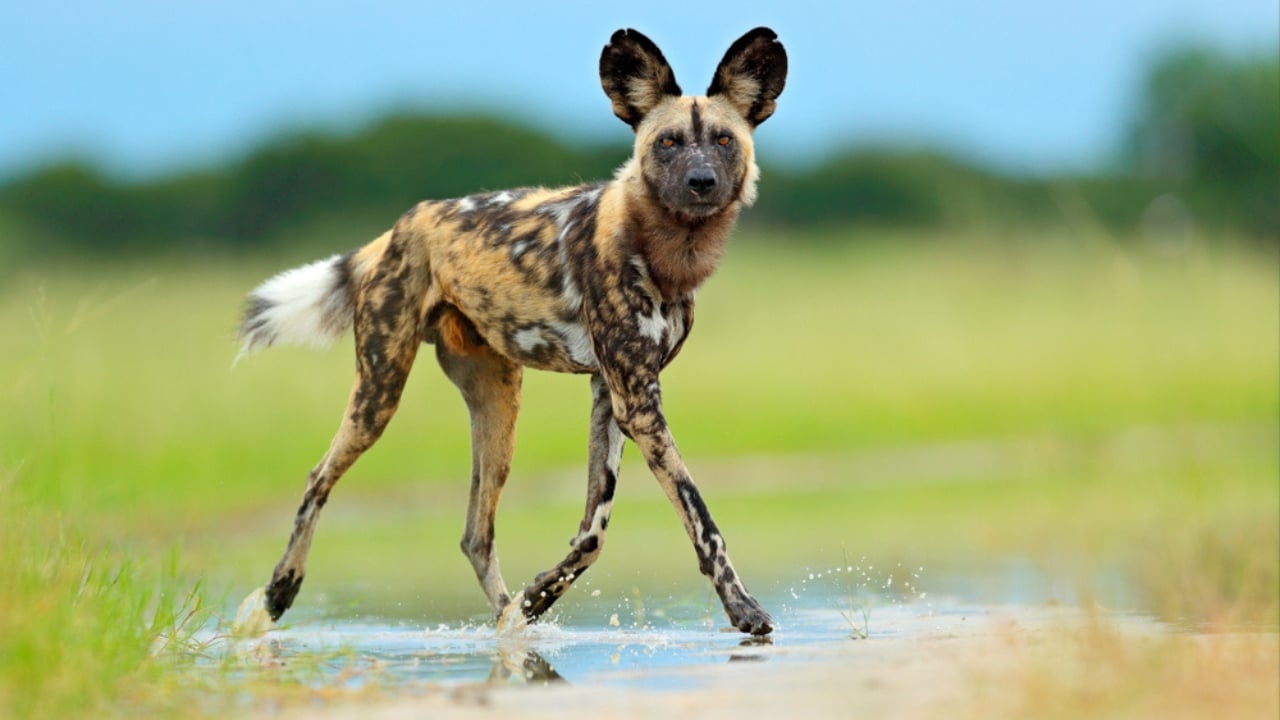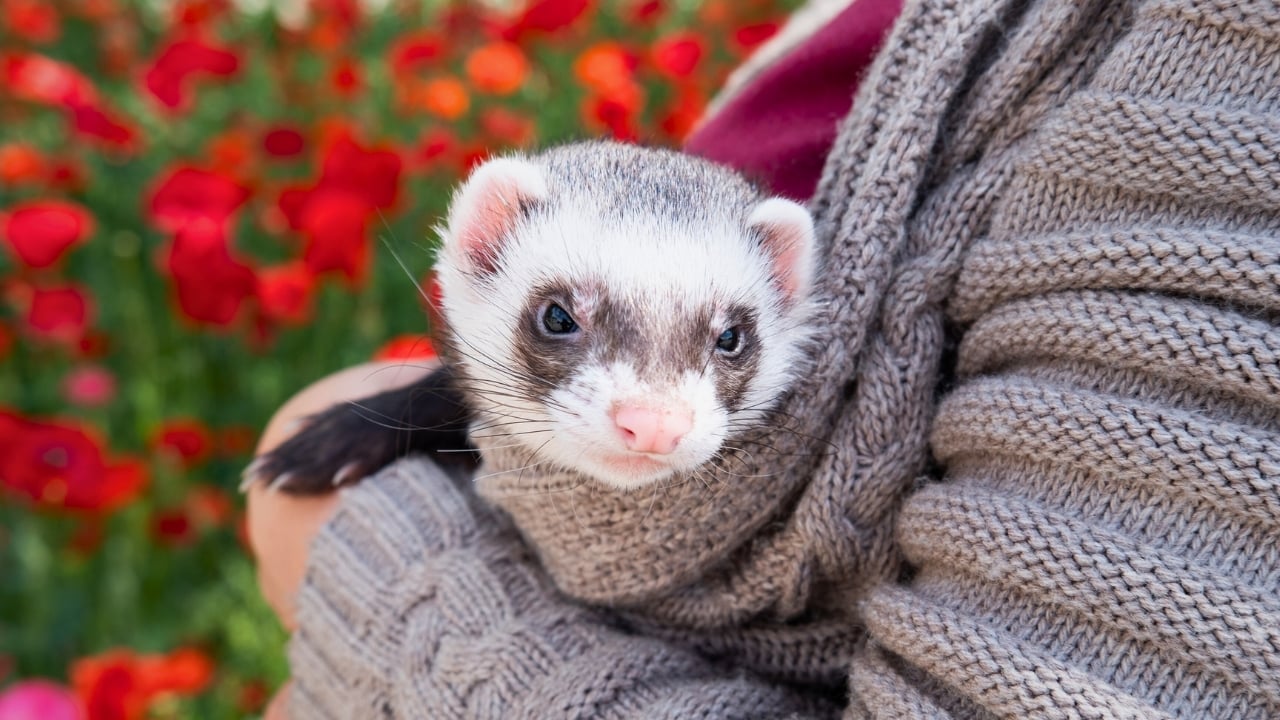Reintroducing captive animals into the wild might seem like the ultimate act of conservation, but it’s fraught with challenges for both the animals and their ecosystems. With survival rates as low as 33% for some species, these efforts often highlight the stark realities of wildlife rehabilitation and release.
Here are 17 examples that show why reintroduction requires more than good intentions—it demands careful planning, expertise, and ongoing support.
1. Captive-Bred Tigers

These majestic predators bred in captivity lack the essential hunting skills needed for survival. Studies from the University of Exeter revealed that captive-bred large carnivores have only a 33% chance of surviving when released into their natural habitat (ref).
Without proper hunting abilities and natural fear responses, these tigers often struggle to establish territories and compete with wild populations. Many end up starving or coming into dangerous contact with humans.
2. Zoo-Raised Lions

Despite their fierce reputation, lions raised in captivity face severe challenges in the wild. Most lack the social skills and hunting abilities necessary for pride integration and survival (ref).
Research has shown that successful lion reintroduction requires multiple generations of careful breeding and specialized programs, like those conducted by ALERT in Zimbabwe. Only wild-born offspring of captive lions are considered for release in these programs.
3. Domestic Rabbits

When released, these seemingly harmless pets can wreak devastation on local ecosystems. Their rapid reproduction rates and competition for resources can devastate native species populations (ref).
Additionally, domestic rabbits lack the natural camouflage and predator avoidance instincts of their wild counterparts, making them easy targets for predators and potentially attracting these predators to populated areas.
4. Pet Fish

Aquarium fish released into local waterways can disrupt entire aquatic ecosystems. Studies show that zoos have only contributed to 2% of successful fish reintroductions, highlighting the complexity of marine species’ survival (ref).
These released fish often carry diseases that can spread to native populations and may outcompete local species for resources, leading to long-term ecological damage.
5. Captive Wolves

Like other large carnivores, captive-bred wolves struggle significantly in the wild. Research indicates they lack the complex social behaviors and hunting skills necessary for pack integration (ref).
Their habituation to humans makes them particularly vulnerable to conflicts with people, often leading to tragic outcomes for both the wolves and local communities.
6. Pet Amphibians

While amphibians might seem harmless, releasing them can introduce devastating diseases to native populations. Research shows that zoos have had higher success with amphibian releases (42%) than other species, but this should only be done through proper conservation programs (ref).
These animals often carry pathogens that wild populations have no resistance to, potentially triggering mass die-offs in local amphibian communities.
7. Domestic Cats

Releasing cats into the wild creates serious problems for the cats and local wildlife. These pets often lack survival skills and can become vectors for disease transmission to wild populations (ref).
Furthermore, cats are skilled hunters that can decimate local bird and small mammal populations, even when they’re not hunting for sustenance.
8. Zoo-Bred Cheetahs

Despite their natural hunting abilities, zoo-bred cheetahs lack the sophisticated social behaviors needed for survival. Without proper hunting experience and territory establishment skills, many released cheetahs struggle to compete with wild populations and often face conflicts with other predators.
9. Pet Parrots

Captive-raised parrots lack crucial survival skills and often can’t identify natural food sources. North American studies show that birds have some of the poorest post-release survival rates.
Their habituation to humans makes them vulnerable to poachers, and they often struggle to integrate with wild flocks or find suitable mates.
10. Polar Bears

These arctic predators are particularly problematic for release. Experts emphasize that polar bears require specific skills learned from their mothers to survive in their specialized environment.
Without proper early-life training in hunting and survival techniques, captive polar bears have virtually no chance of surviving in their harsh natural habitat.
11. Laboratory Primates

While some primates can adapt to semi-wild conditions, most lab-raised individuals lack critical social skills. Research shows success is only possible with careful rehabilitation and group releases.
These animals often suffer from psychological trauma and require extensive rehabilitation before any release can be considered.
12. Pet Reptiles

Captive reptiles often carry diseases that can devastate wild populations. Studies indicate only 32% of reptile reintroductions from zoos have been successful (ref).
These animals frequently lack the thermoregulation skills and natural behaviors needed to survive in wild environments.
13. Domestic Ferrets

Domestic ferrets lack the hunting and survival skills of their wild cousins. When released, they often cannot compete with native predators or find appropriate food sources.
Their domestication has removed many of the natural instincts necessary for survival in the wild, making release essentially a death sentence.
14. Aquarium Marine Life

Marine invertebrates from captivity have shown 0% success rates in reintroduction programs. These animals often introduce invasive species problems in marine ecosystems (ref).
Their release can disrupt delicate marine ecosystems, potentially introducing diseases to wild populations.
15. Domesticated Birds

Domesticated birds show poor survival rates after release. Studies in North America demonstrate they have among the lowest long-term survival rates of all released animals (ref).
These birds often lack essential skills for finding food, avoiding predators, and navigating in natural environments.
16. African Hunting Dogs

African hunting dogs face unique challenges when released. Research shows these social predators are especially vulnerable to human persecution and conflicts with other predators (ref).
Their reduced fear of humans and other large carnivores makes them particularly susceptible to being shot, poisoned, or killed by larger predators.
17. Otters

Male otters raised in captivity show significantly reduced mating success in the wild. Additionally, they struggle with social behaviors and territory establishment (ref).
Without proper social development, these animals often fail to integrate into wild populations and struggle to find mates or establish territories.
Sources:
Davin is a jack-of-all-trades but has professional training and experience in various home and garden subjects. He leans on other experts when needed and edits and fact-checks all articles.

